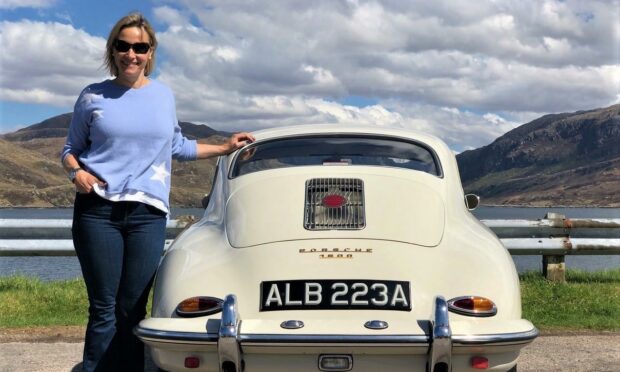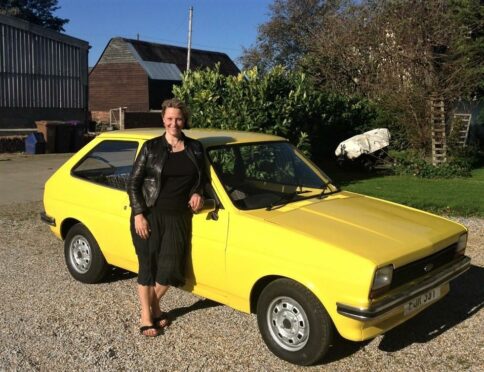I’m still a little scarred from last month’s petrol pump problems that left me close to stranded.
But helping to heal this is progressive news about e-fuels. This comes in the week when the world’s eyes are on Glasgow, host of the 26th meeting of the Conference of the Parties (aka COP26), a United Nations’ summit about climate change.
So what are e-fuels? Put very simply, because that suits my brain best, e-fuels do not occur naturally but are made by mixing hydrogen from renewable sources, with carbon dioxide from the air, via chemical processes. (If your brain needs to be fed with more details, then please be my Google guest.)
Putting almost £20 million into the e-fuels pot is German giant Porsche, part of the even more gigantic Volkswagen Group. It has teamed up with a small collection of similar-minded energy companies to develop things further, and the first machines to fill up with its collective result will be, true to Porsche’s pedigree, its racing cars – the Supercup series, to be precise, and the new fuel goes into them next year.
One of the reasons the manufacturer is supporting e-fuels is because almost 70% of all Porsches sold are still on the road. That’s a lot of owners who clearly love their machines enough to keep investing in their maintenance.
But while older cars do not evolve, petrol does. Remember fully-leaded?! The recent arrival of E10 unleaded petrol (10% ethanol, 90% octane) at all UK filling stations has been declared compatible with cars made from 2010 up to today.
Making e-fuels part of the future
There are older cars that will also work (another visit to Google, or the Government’s website) and for everyone else, the more usual E5 petrol still does the job.
But as this itself moves closer to the history books, e-fuels is the closest thing to a successor we have to keep our beloved machines pumping pistons and turning wheels.
The big downside though (there has to be one!) is cost.
For the foreseeable future, e-fuels will be comparably more expensive than petrol. But the predictions are that this situation will switch around within 10 years, plus e-fuels will be just as quick and as easy to put into our tanks at the forecourt as fossil fuels are today.
Hop onto The CAR Girl VBH on You Tube for some four-wheel fun! 🚗 pic.twitter.com/3Hapi5X2JI
— The CAR Girl 🚙 (You Tube) Vicki Butler-Henderson (@vb_h) October 22, 2021
Looking at the here and now, though, I can only hope the big brains at COP26 will have the courage to encourage the key industries to accelerate the development of e-fuels.
Otherwise, we’ll all end up selling our older cars to museums and going down the only road left open to us – the electric one. And for the sake of my Mk1 Ford Fiesta, I have all my fingers crossed!
You Tube: The CAR Girl Vicki Butler-Henderson
Twitter: @vb_h
Instagram: vickibutlerhenderson

